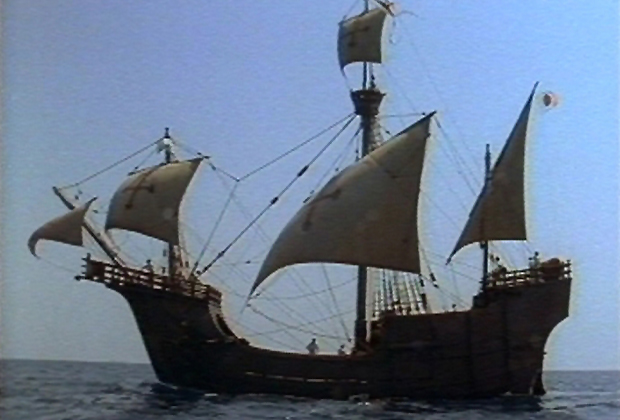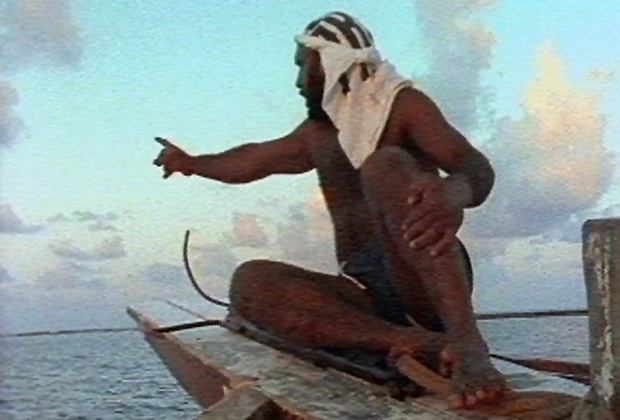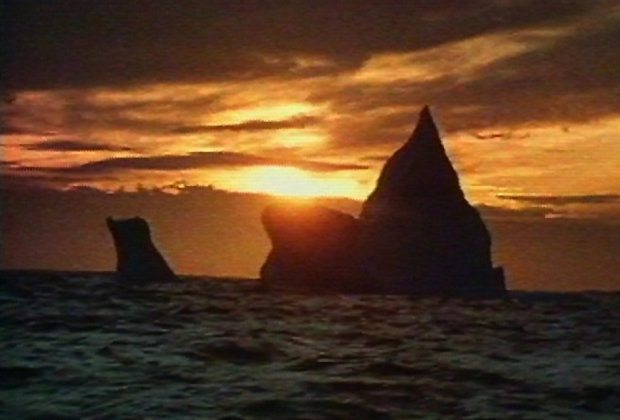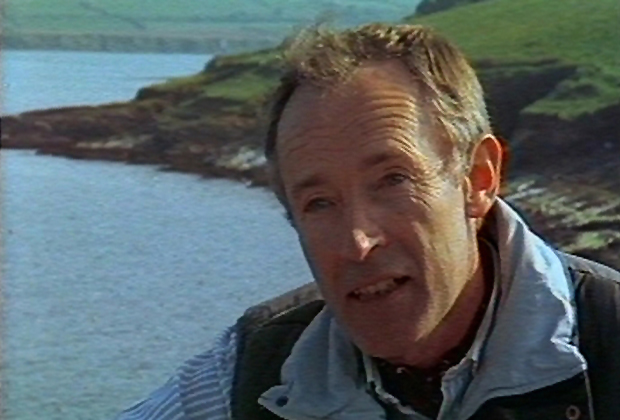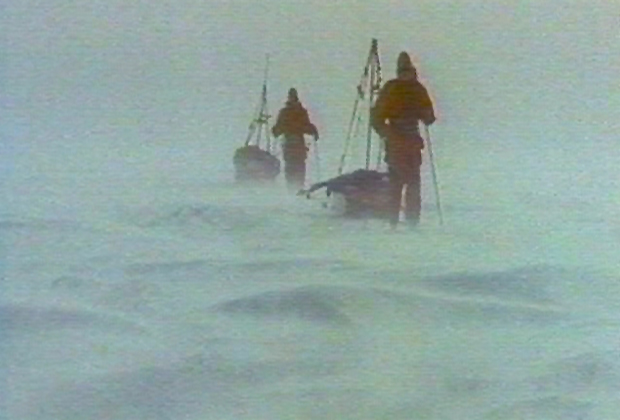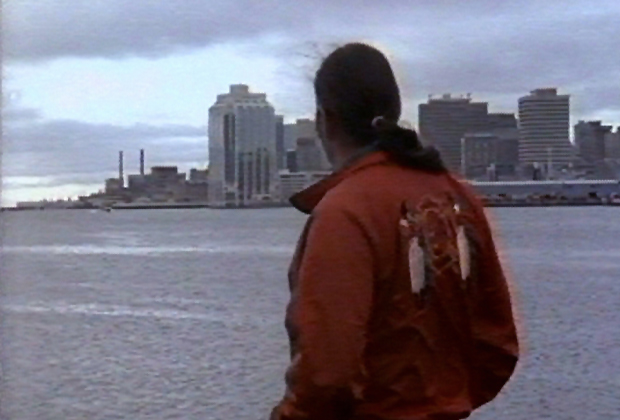Was Columbus the first explorer to discover America? No! Among many scholars today, this is an indisputable fact, but the idea is not as popular as you might think.
Details:
ZDF, ORF, 1992
Length: 45 minutes
Written and directed by: Jens-Peter Behrend, Eike Schmitz
Camera: Lars Barthel, Gunther Becher, Michael Faust
Editor: Ellen Bader
Music: Torsten Sense
Narrator: Otto Sander
Commissioning editor: Gottfried Kirchner
German or English version
On our search for proof of transatlantic contact before Columbus, we encounter caves and huge boulders in Brazil, as well as puzzling paintings. Maybe they can prove that the Phoenicians had already reached the American coast in the 7th century B.C. The Egyptian Pharaoh had sent the famous traders on the greatest discovery expedition in ancient times: They were given the commission to explore the coast of Africa. A Greek inscription on the wall of a cave near the Brazilian coast leads one to believe, that some ships indeed blew off course and ended up there. In addition, how did Egyptian hieroglyphs end up on the temple building and colossal statues in Tulum, one of the centers of Mayan culture on the Golf of Mexico? Could it be that exiled Jews brought the hieroglyphs to the Mayan kingdom from Egypt?
The closer we come to our own time, the more evidence for pre-Columbian encounters we get. In the 6th century A.D., an Irish monk gives a detailed account of his expeditions on his search for paradise on earth. He sails westwards from Ireland. A comparison of the geographic descriptions in Saint Brendan’s own log entries with those found today on a modern map, delivers astounding agreement. The British researcher and adventurer, Tim Severin, follows the trail of this fortune-seeking monk. Using a replica of Saint Brendan’s leather boat, he sets off on Brendan’s trail, from Ireland across the Atlantic. He survives storms, evades having his leather boat sliced in two by passing icebergs. Could Brendan really have reached America in this way? After Severin reached the Canadian coastline, badly shaken up, after 50 days in his severely damaged leather boat, which he had to sew back together under icy water, he was sure of one thing: Brendan could have made it.
At the end of the first millennium A.D., the Vikings of Scandinavia made their journey to America. Their colonial empire stretched as far as modern day Boston. Three hundred years later, the Templar-expedition commissioned by the Scottish Prince Henry landed in modern day New England, and settled in this land to the far west. They even began to cultivate vineyards. They introduced their culture to the new world: today, one can still visit a small village in New England and see the gravestone of a medieval knight.
Maps, created by Portuguese sailors, years before Columbus’ first expedition, illustrate in black and white: huge landmasses in the far West Atlantic. Did Columbus collect his information secretly here in Coimbra, the spiritual center of Portugal at the time? One thing is for sure: Columbus had many explorers preparing his way.


